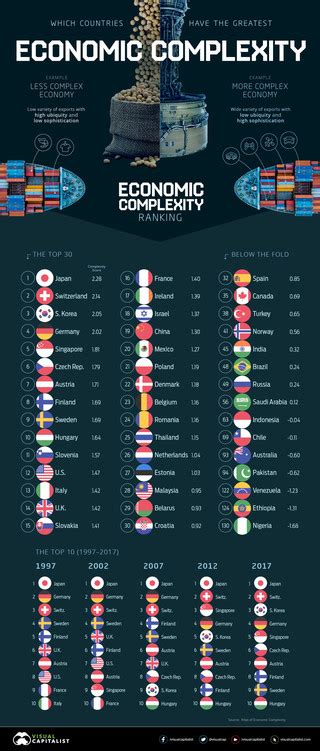In today’s globally intertwined economic landscape, the measurement tools we employ to gauge economic strength and national resilience—particularly through Gross Domestic Product (GDP)—have sparked vigorous debates. Traditionally seen as the economic scoreboard, GDP’s ability to reflect true national strength in both peacetime and conflict is increasingly questioned. The discussion is pointedly relevant when analyzing the economic interplay and military capacities of global powers such as the EU and the US, suggesting that a single financial figure might not encapsulate the full spectrum of a nation’s economic prowess or geopolitical clout.
Economic measures like Purchasing Power Parity (PPP) and nominal GDP present divergent narratives of national strength. While PPP adjusts for the cost of living and thus seems to better reflect the living standards within a country, its applicability in broader, more strategic contexts—such as military spending and procurement—is limited. This is notably significant in discussions about military readiness and procurement, where the hard currency of USD dominates. The robust debates around these themes underline that in high-stakes scenarios like war, relying heavily on PPP might obscure the true picture, particularly how economies mobilize and sustain their military operations.
Critics of GDP as a primary economic indicator argue that it fails to account for the nuances of modern economic warfare and strategic preparedness. The financial potency to procure advanced military technology, sustain large standing armies, and engage in prolonged geopolitical contests does not neatly correlate with GDP figures alone. This calls into question the broader strategic capacities that GDP is supposed to represent, urging for a more nuanced approach that considers a spectrum of economic activities and their impact on national security and global standing.
The dialogue extends into practical military economics, where the global interconnectedness and the dependency on international supply chains play pivotal roles. The EU, for instance, while having a massive industrial base, often contends with the dynamics of global trade that can affect its strategic autonomy. Debates around the capability of European nations to sustain a war effort using primarily domestic resources and manufacturing have exposed the myriad layers of economic interdependence that challenge the traditional GDP metrics.
Adding complexity to the discourse is the perspective that hard power, the ability to project military strength, should be equated more with manufacturing capabilities and technological advancements than with sheer financial metrics. Historical precedents and contemporary analyses suggest that nations capable of innovating and rapidly scaling manufacturing—like during World War II—hold a strategic advantage that GDP numbers might not fully disclose. This perspective frames economic strength as a function of both financial fluidity and industrial adaptability.
Moreover, the debate often highlights the strategic missteps in understanding economic metrics, pointing to how nations prepare (or fail to prepare) for contemporary military and economic challenges. For instance, heavily relying on GDP could lead some nations to overlook critical sectors such as cybersecurity, advanced manufacturing, and AI—areas that are becoming increasingly pivotal in modern warfare and geopolitical leverage.
In conclusion, as global tensions simmer and economic indicators like GDP continue to dominate policy discussions, there’s a pressing need to broaden the economic lens. Including more holistic measures that account for a country’s real-time strategic capabilities could lead to more informed and effective policies. This might entail reassessing economic health indicators to better reflect the realities of 21st-century economic and military landscapes, ensuring that nations are not just economically affluent but strategically competent and prepared.


Leave a Reply